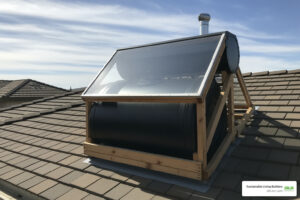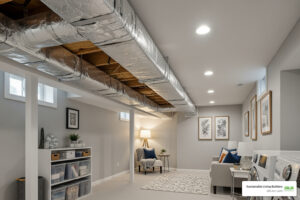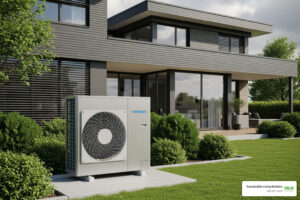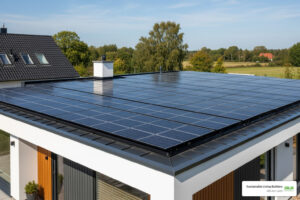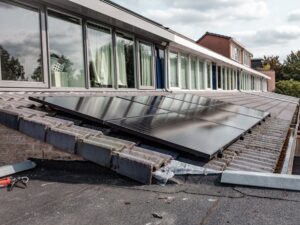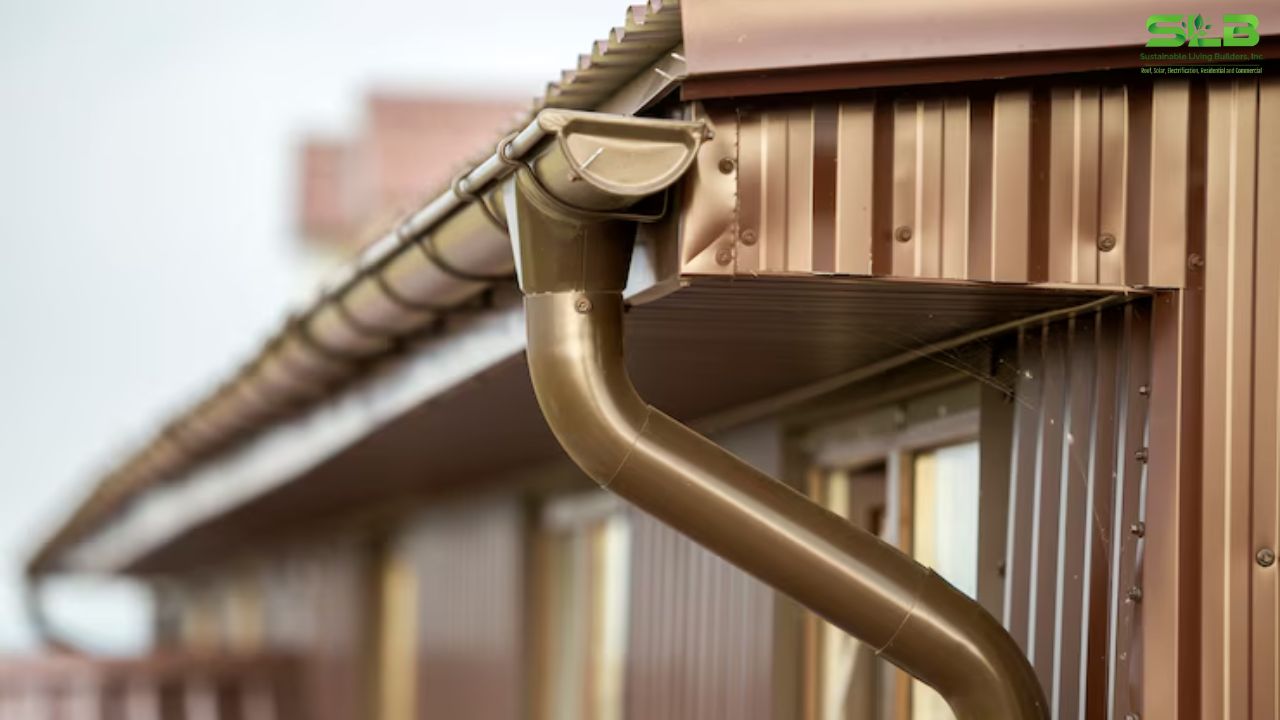
Everything You Need to Know About Gutter Elbows for Seamless Water Flow
Boosts roof drainage in unexpected areas – Elbow gutters can direct water around unique architectural features, improving drainage in hard-to-reach places like dormers or bay windows.
Improve insulation efficiency – By efficiently managing water flow, elbow gutters help prevent ice dams in winter, indirectly supporting better attic insulation and energy savings.
Customizable to extreme weather conditions – Specialized elbow designs can withstand extreme wind or heavy snow, offering more resilient water management in harsh climates.
When it comes to maintaining an efficient gutter system for your home, elbows gutters play a crucial role in ensuring proper water flow. These components allow for smooth transitions between your gutter system and downspouts, directing rainwater safely away from your home.
Whether you’re installing new gutters or replacing old ones, understanding the different types of gutter elbows, their angles, and how they function is essential for achieving optimal water flow and preventing damage to your roof and foundation. As a result, they can help your roof last longer.
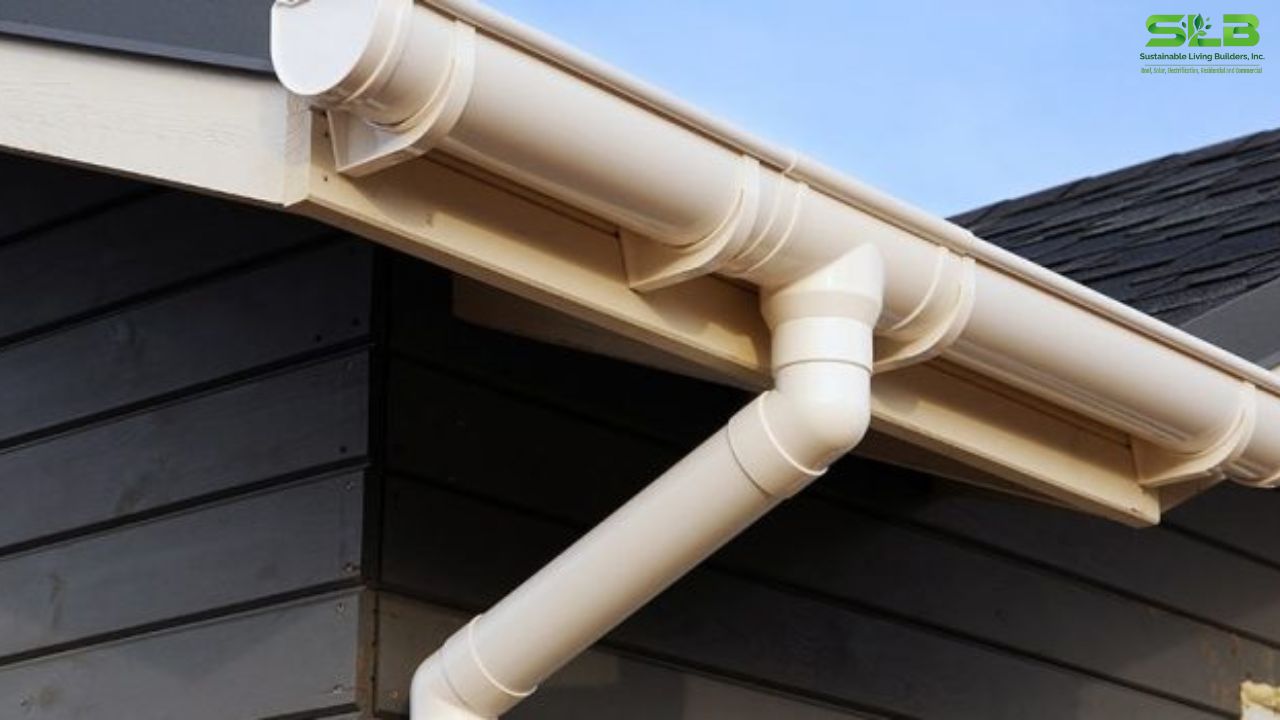
What Are Gutter Elbows and Why Are They Important?
Gutter elbows are angled components that connect the sections of a gutter system to downspouts or other components. Their main purpose is to change the direction of the water flow, typically from the gutter to the downspout.
Without these elbows, water would flow straight down, likely causing potential overflow or improper drainage. If this persists, it’ll cause water damage, which is bad for your home’s overall structure.
There are several types of gutter elbows, each designed for specific purposes, such as 90-degree gutter elbows, 45-degree gutter elbows, and offset elbows. The angle of the elbow determines how sharply the water is directed, allowing for flexibility in gutter layout and placement.
Common Gutter Elbow Types
- 90 Degree Gutter Elbow: This is the most common type of gutter elbows. The 90 degree gutter downspout elbow allows for a sharp turn in the gutter system, usually from the roofline to the downspout. It’s ideal for corners or situations where the downspout needs to be directed straight down.
- 45 Degree Gutter Elbow: This elbow is used when a less sharp turn is needed. It provides a smoother angle for water to flow, which can be useful in areas where a 90-degree angle would be too harsh.
- Offset Elbows: These are used when there is a need to move the downspout away from the building slightly. Offset elbows help direct the water to a safer location, preventing it from running directly against the building’s foundation.
- Flexible Gutter Elbows: These elbows gutters are made from flexible material that allows for easy adjustment and customization. They’re great for situations where space or angles are limited, and they help create a more seamless installation process.
Gutter Elbow Angles: How to Choose the Right Angle
The angle of your gutter elbow is critical for ensuring proper drainage. Most standard systems use the 90 degree gutter downspout elbow, but some situations may require different gutter elbow angles. For example, a 45-degree elbow might be needed in areas with tight spaces or when you want to gently curve the water flow.
Choosing the right angle for elbows gutters depends on the layout of your roof and how you want the water to be directed away from your home.
If you need to avoid a particular area, like a sidewalk or flower bed, using a 90-degree downspout elbow or an offset elbow might help you direct the water elsewhere. These would be suitable gutter elbow angles for these areas.
Benefits of Installing Gutter Elbows
1. Efficient Water Flow
Gutter elbows (for seamless gutters or otherwise) ensure that water flows smoothly through your gutter system, preventing blockages and overflowing. This helps protect your foundation, landscaping, and siding from water damage.
2. Easy Installation and Maintenance
Installing gutter elbows is simple, especially when using standard elbows like the 3×4 gutter elbow or galvanized gutter elbows. They can easily be added to an existing system or replaced when damaged.
However, regular maintenance, such as cleaning the gutter elbows, ensures that water continues to flow freely and reduces the risk of clogs.
3. Aesthetic Appeal
In addition to functionality, gutter elbows also offer a visual appeal. The clean curves and sleek design of rain gutter elbows complement the overall look of your home’s exterior, enhancing its aesthetic appeal.
Choose from different finishes, such as brown gutter elbows or galvanized gutter elbows, which can blend seamlessly with your home’s style.
4. Durability
Made from materials like galvanized steel, aluminum, or copper, gutter elbows are built to withstand the elements. These materials are rust-resistant and designed for long-term use, even in harsh weather conditions.
For example, galvanized gutter elbows are especially effective at resisting corrosion and wear over time. This avoids the frequent need for gutter repair.
How to Connect Gutter Elbows
While connecting gutter elbows is pretty straightforward, it’s important to follow the correct procedure to ensure a secure and watertight fit.
Here’s how you can do it yourself:
Step 1: Measure and Cut
First, measure the length of the gutter section that needs to be connected to the elbow. Cut the gutter to the required size using a hacksaw or pipe cutter.
Step 2: Attach the Elbow
Place the gutter elbow at the point where the gutter section will meet the downspout. Secure the elbow in place using screws or rivets. For added stability, consider using gutter elbow hangers to hold the elbow firmly in place.
Step 3: Seal the Joints
Once the elbow is attached, apply a bead of gutter sealant around the joints to prevent leaks. This will ensure that water stays inside the gutter system and doesn’t drip out around the elbow connections.
Step 4: Test the Connection
After installation, it’s important to check the system to ensure proper water flow. Run water through the gutters to make sure the elbows direct the water efficiently to the downspouts.
Note: Despite these steps, it may not be perfectly done unless it’s done by a professional. A trained professional also follows safety measures and ensures proper installation so your home’s gutter system works as expected.
Recommended Products
If you’re considering installing or upgrading your gutters, SLB Inc. offers high-quality gutter products and guttering services to help you maintain an efficient gutter system. Their comprehensive guides on gutter maintenance and gutter cleaning services can help ensure your gutters perform at their best year-round.
For detailed insights on gutter cleaning and maintaining a long-lasting gutter system, visit these useful resources:
- Gutter Maintenance Guide
- Gutter Cleaning Services Importance
- Gutter Guards Installation Guide
- Home Gutters in Santa Rosa, CA
Conclusion
Elbows gutters are a crucial component of your gutter system, allowing for efficient water flow and protecting your home from potential damage. Whether you’re choosing 90-degree elbows, 45-degree elbows, or offset elbows, each type plays a vital role in directing water safely away from your roof and foundation.
MULTIPLE SERVICES, EVEN MORE SUSTAINABLE SOLUTIONS!
If you’re looking for a team of experienced, hard-working, and committed team to take your home or business to a more sustainable future, Sustainable Living Builders, Inc. is here for you! From holistic roofing solutions to innovative solar options, we have many services to help you protect your home and your pocket in a single place. Are you ready to get started?
